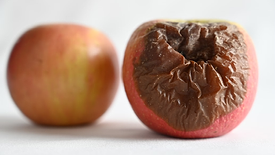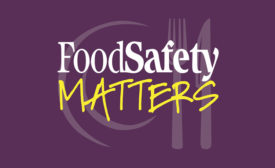Process Control
A New Day Dawns at FDA with the Establishment of the Human Foods Program
The Agency will increase oversight of chemical substances used in food and food packaging
October 11, 2024
Never miss the latest news and trends driving the food safety industry
eNewsletter | Website | eMagazine
JOIN TODAY!Copyright ©2025. All Rights Reserved BNP Media.
Design, CMS, Hosting & Web Development :: ePublishing













